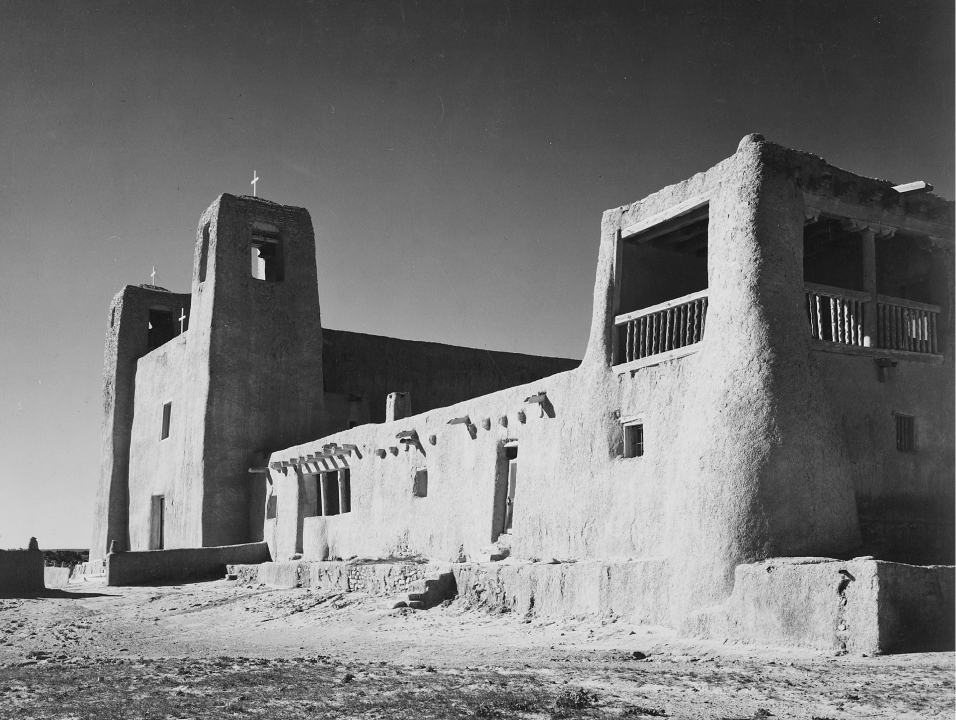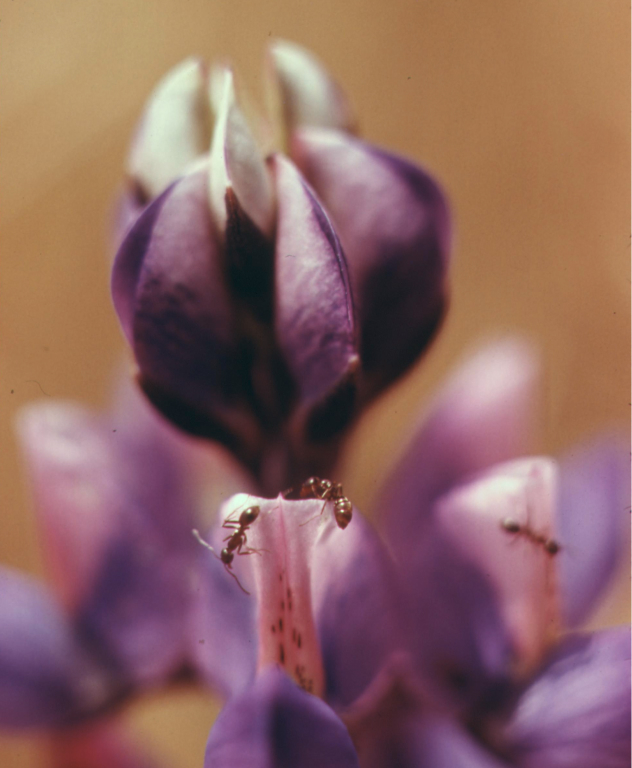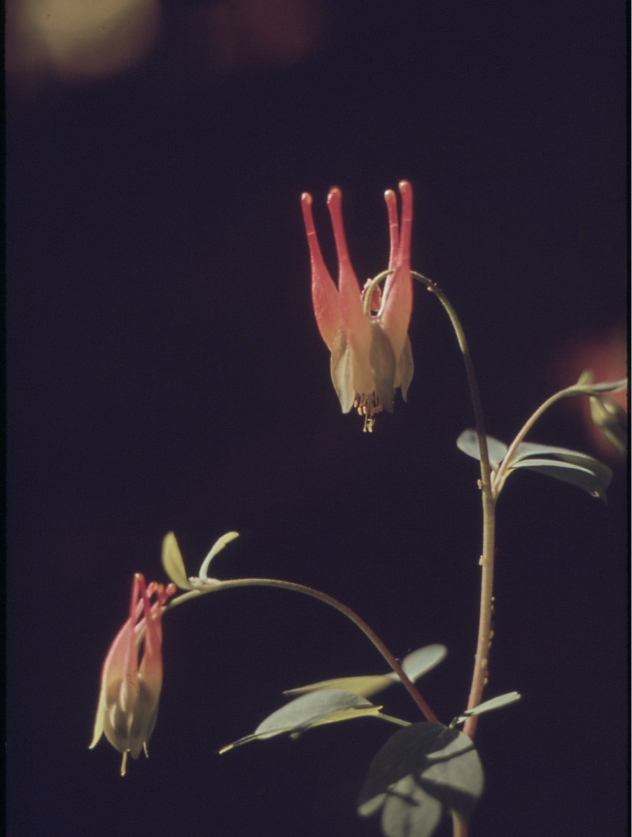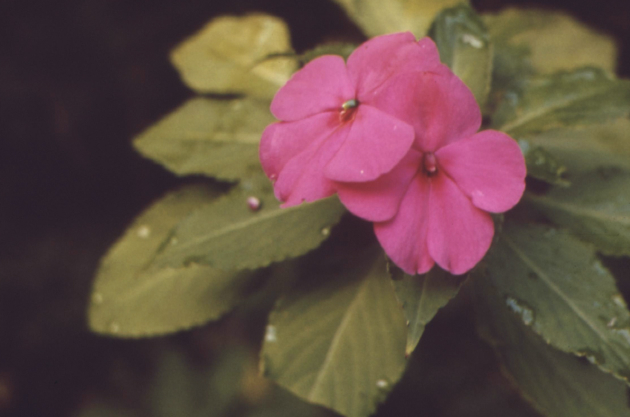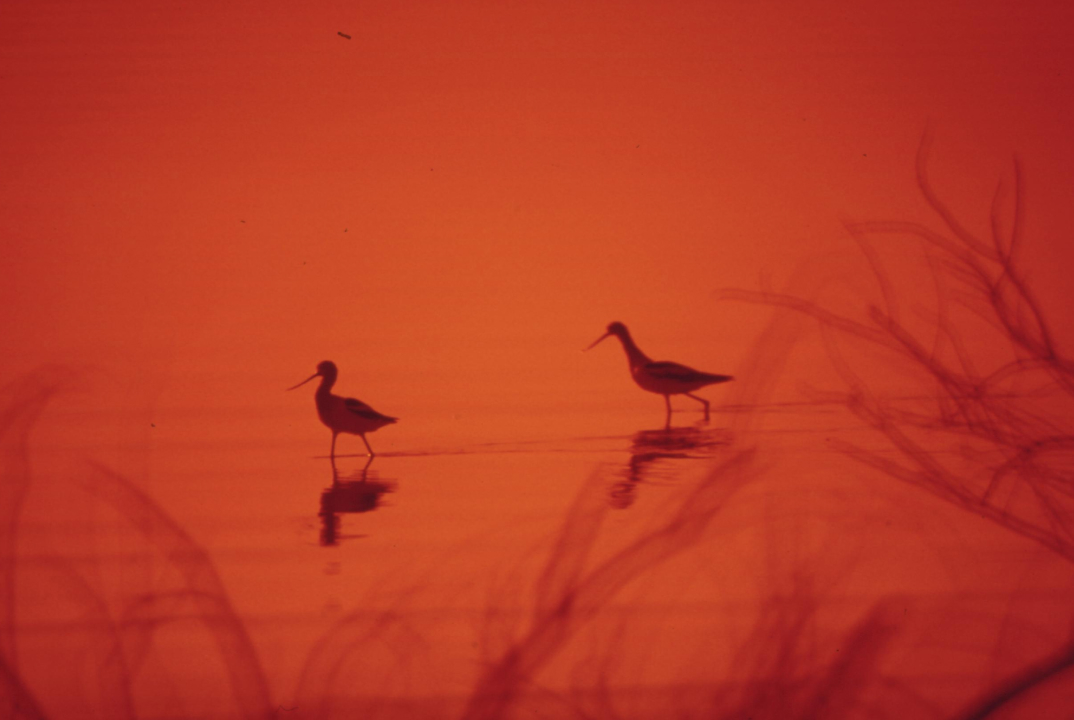The Church of San Esteban del Rey, located in Acoma Pueblo, New Mexico, stands as a testament to the resilience and cultural heritage of the Acoma people. Constructed between 1629 and 1642, this historic church is one of the oldest continuously used churches in the United States, showcasing an intricate blend of early Spanish colonial and indigenous architectural styles. Throughout the 20th century, particularly from 1902 to 1984, the church became the focus of numerous preservation efforts. These efforts were essential in maintaining the structural integrity and historical authenticity of the church. The Pueblo community, along with various preservation organizations, worked tirelessly to ensure that the church’s adobe walls, wooden beams (vigas), and unique architectural features were preserved for future generations. These preservation projects were vital in protecting the church from the wear and tear of time, weather, and other damaging factors.
Blog
-
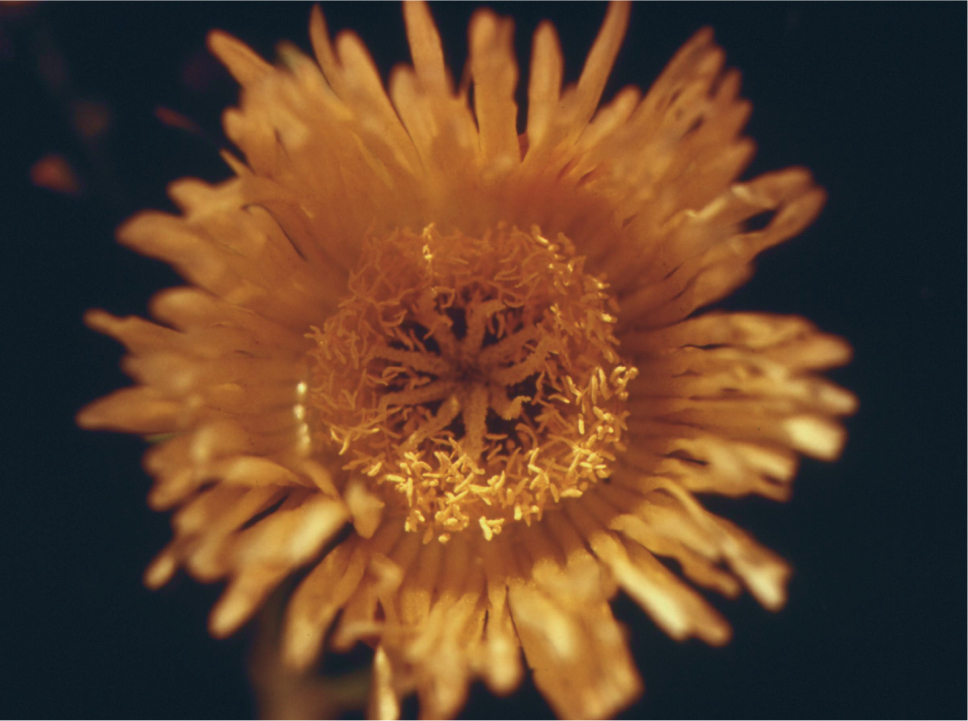
Closeup of a flower growing at Buena Vista Lagoon, by Charles O’Rear
The photograph “Closeup of a Flower Growing at Buena Vista Lagoon,” captured by renowned photographer Charles O’Rear, offers an intimate glimpse into the natural beauty of this Southern California wetland. In the image, the flower takes center stage, its delicate petals and intricate details brought into sharp focus against a softly blurred background. The vibrant hues of the flower—ranging from deep pinks and purples to lighter, almost translucent shades—contrast beautifully with the surrounding greenery, emphasizing its fragility and uniqueness.
O’Rear’s ability to isolate the subject while retaining the broader sense of the lagoon’s lush environment highlights his mastery of composition and lighting. The light gently illuminates the flower from the side, casting soft shadows that enhance the texture of the petals and create a sense of depth. The lagoon itself, known for its rich biodiversity and peaceful ambiance, is subtly suggested in the background, reminding viewers of the serene ecosystem in which this small flower thrives.
Through this closeup, O’Rear not only celebrates the flower’s natural beauty but also invites contemplation on the intricate relationships between species and their environments, capturing a fleeting moment of tranquility within the dynamic ecosystem of Buena Vista Lagoon.
-
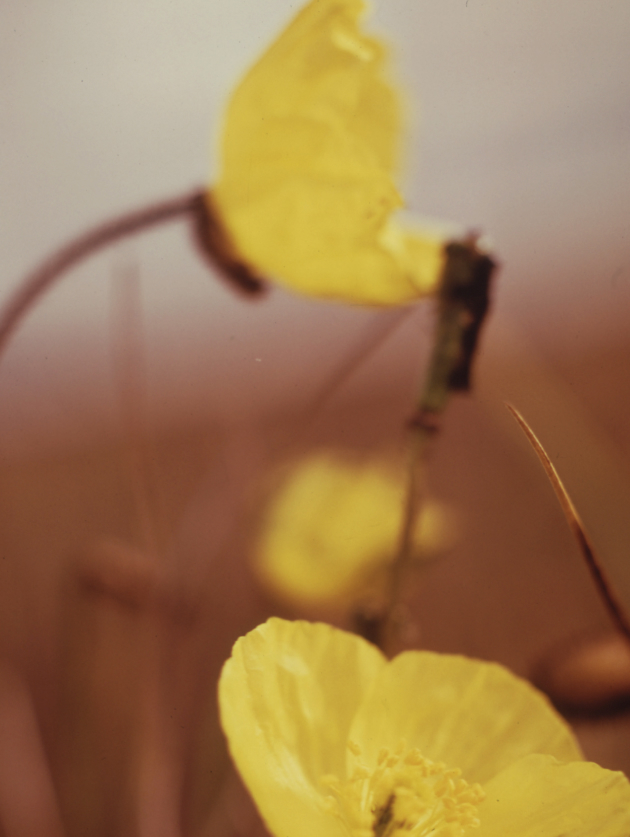
Northern Buttercups, wildflowers found along the entire route in Alpine and Arctic Areas, by Dennis Cowals
Dennis Cowals, born on May 12, 1945, and passing on October 22, 2004, was an influential American photographer renowned for his powerful documentary work that captured the essence of social and political movements during the latter half of the 20th century.
-
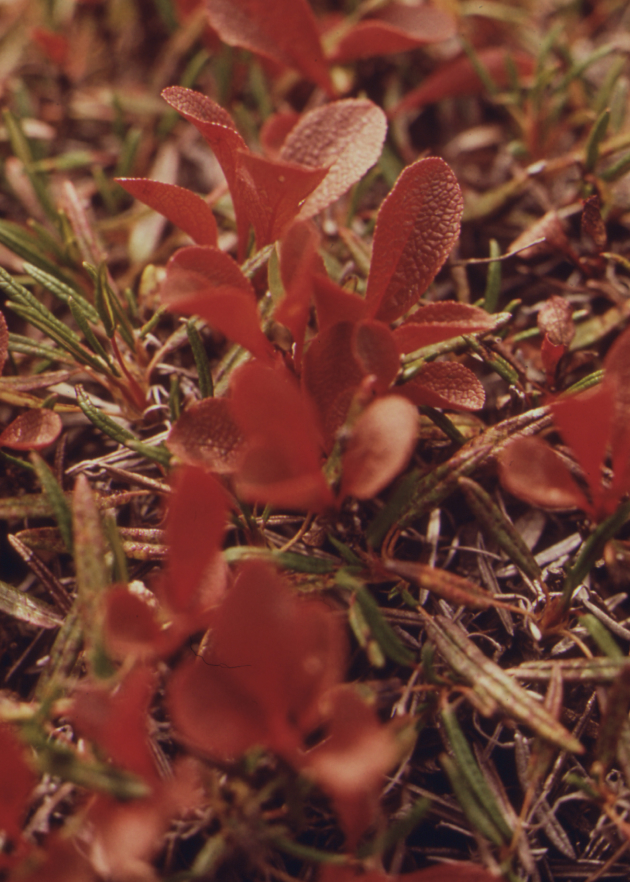
Typical Tundra Vegetation, by Dennis Cowals
The photograph depicts a patchwork of low-lying plants—mosses, lichens, and hardy shrubs—blanketing the ground in muted greens, yellows, and browns. These plants are typical of tundra regions, where permafrost and short growing seasons limit the types of vegetation that can survive. Unlike the towering trees of forests or the vast fields of temperate plains, tundra plants grow close to the ground, hugging the earth for warmth and protection against cold winds. Cowals’ composition emphasizes this low, creeping vegetation, which seems to form a textured carpet across the landscape.
The tundra is a place of subtle beauty, and Cowals’ photograph invites viewers to look closer at the intricate details of the plants that flourish here. What makes Typical Tundra Vegetation particularly striking is how it conveys both the harshness and the tranquility of the tundra. The barren, windswept landscape is softened by the blanket of plants, giving the scene a sense of quiet resilience.
-
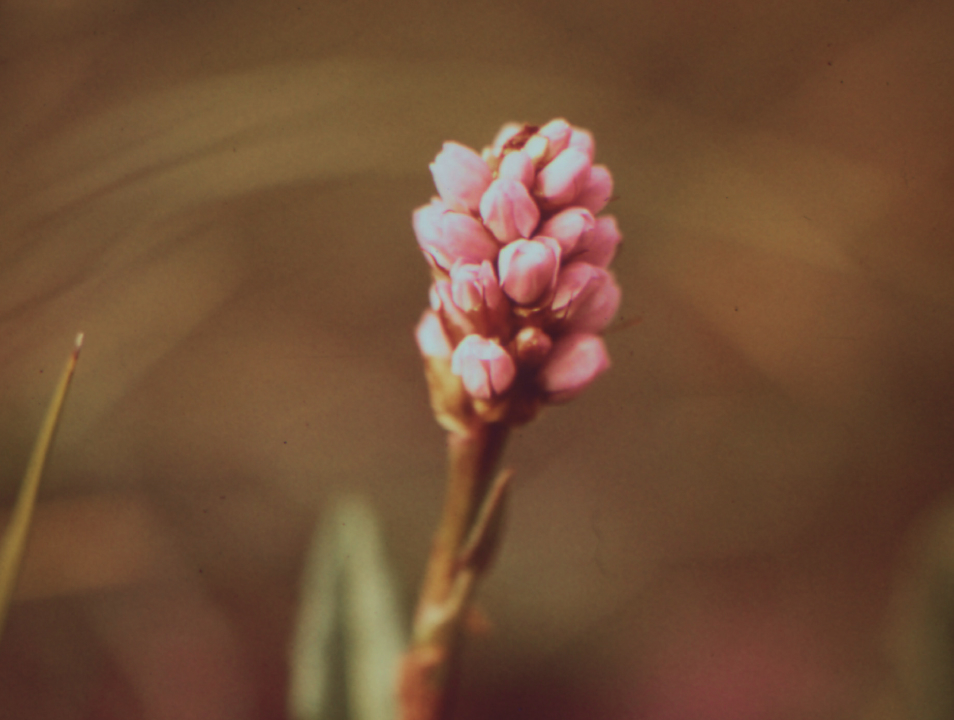
Bloodwort, a Common Wildflower Along the Pipeline Route, by Dennis Cowals
The photograph titled “Bloodwort, a Common Wildflower Along the Pipeline Route,” housed in the U.S. National Archives, offers a glimpse into the interaction between industrial development and the resilience of nature. Captured during a period when pipeline construction was expanding across vast stretches of land, this image is not just a study of a specific wildflower, but also a reflection of the delicate balance between human infrastructure and the ecosystems it disrupts.
Human Impact on the Landscape
The pipeline route in the background is a symbol of human progress, specifically the expansion of energy infrastructure across North America. Throughout the mid-20th century, pipelines became a critical component of the continent’s energy landscape, transporting oil and natural gas from extraction sites to refineries and markets. However, these projects also left significant marks on the natural environment. The clearing of land, displacement of wildlife, and alteration of ecosystems were all byproducts of this expansion.
Yet, this photograph tells a more nuanced story. It does not simply depict the domination of nature by industry; instead, it shows a coexistence. The wildflowers in the foreground, thriving despite the upheaval around them, represent nature’s ability to adapt and persist. Even in the face of industrial encroachment, ecosystems can regenerate and reclaim disrupted spaces.
A Moment of Intersection
The photograph of bloodwort along the pipeline route captures a moment where nature and industry intersect. The wildflowers symbolize resilience and the enduring power of nature, even in the face of human disruption. At the same time, the pipeline corridor in the background serves as a reminder of the impact of industrial development on the environment. Together, these elements create a powerful image that speaks to both the challenges and the possibilities of coexistence between progress and preservation.
